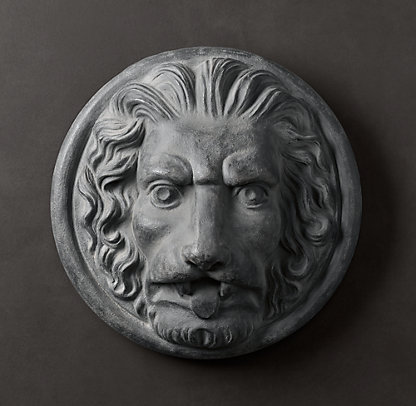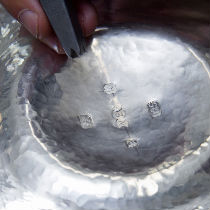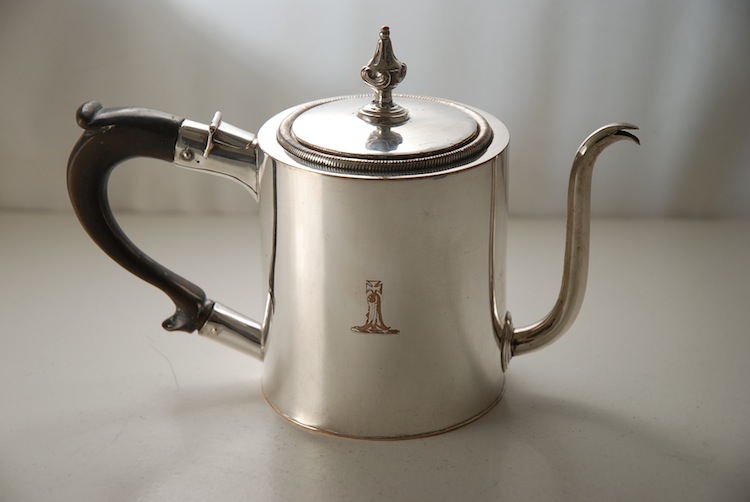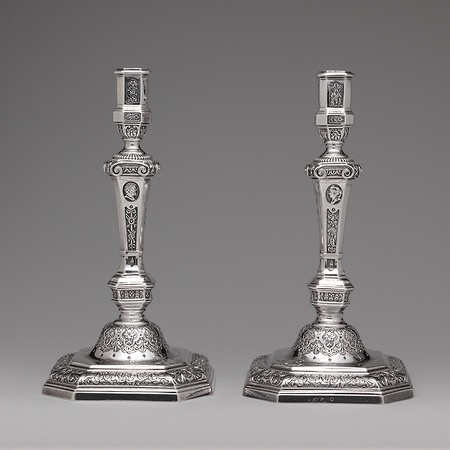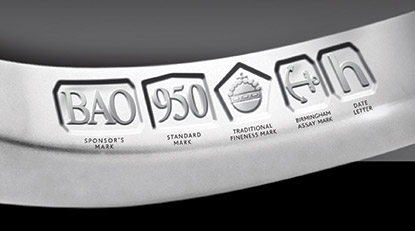Bluish-white metallic element. It is used to form various alloys such as brass, bronze and nickel silver. Zinc was not produced commercially in Britain until the 18thC.
Ancient use
Various isolated examples of the use of impure zinc in ancient times have been discovered. A possibly prehistoric statuette containing 87.5% zinc was found in a Dacian archaeological site in Transylvania (modern Romania). Ornaments made of alloys that contain 80–90% zinc with lead, iron, antimony, and other metals making up the remainder, have been found that are 2500 years old.
The Berne zinc tablet is a votive plaque dating to Roman Gaul made of an alloy that is mostly zinc. Also, some ancient writings appear to mention zinc. The Greek historian Strabo, in a passage taken from an earlier writer of the 4th century BC, mentions “drops of false silver”, which when mixed with copper make brass. This may refer to small quantities of zinc produced as a by-product of smelting sulfide ores.
The Charaka Samhita, thought to have been written in 500 BC or before, mentions a metal which, when oxidized, produces pushpanjan, thought to be zinc oxide.
Zinc ores were used to make the zinc–copper alloy brass many centuries prior to the discovery of zinc as a separate element. Palestinian brass from the 14th to 10th centuries BC contains 23% zinc. The Book of Genesis, written between the 10th and 5th centuries BC,mentions Tubalcain as an “instructor in every artificer in brass and iron” (Genesis 4:22). Knowledge of how to produce brass spread to Ancient Greece by the 7th century BC but few varieties were made.
In the West, impure zinc was known from antiquity to exist in the remnants in melting ovens, but it was usually discarded, as it was thought to be worthless.
Zinc mines at Zawar, near Udaipur in India, have been active since the Mauryan period in the late 1st millennium BC. The smelting of metallic zinc here however appears to have begun around the 12th century AD. One estimate is that this location produced an estimated million tonnes of metallic zinc and zinc oxide from the 12th to 16th centuries.

